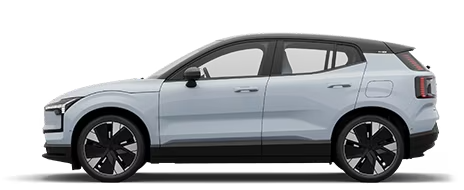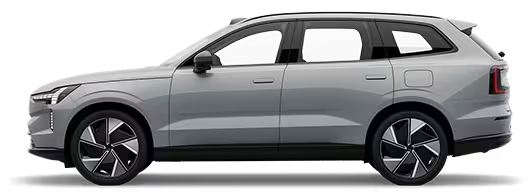Three Impressive Volvo Safety Technologies
May 16 2022,

Volvo has always been at the forefront of automotive safety and even today, Volvo cars are among the safest in the world due to a plethora of advanced technologies.
The forward collision warning
Every new Volvo is equipped to warn you and take action before a collision occurs in order to reduce the risk of injuries to you, your passengers and people outside your vehicle. This is possible due to cameras and sensors that scan the road ahead to detect the presence of another vehicle, a solid obstacle, a cyclist, a pedestrian or even a large animal. When the system determines a collision is about to occur, a loud warning sound is activated, a red rectangle flashes directly on the windshield and the brakes pulse to warn you. If you don’t react quickly enough, your Volvo will brake on its own to avoid or at least mitigate the collision.
Seats that can prevent whiplash
For many years, the front seats in all Volvo vehicles have been designed to minimise the risk of whiplash injuries in a rear-end collision. The unique design of Volvo’s fixed headrests is intended to provide the maximum level of protection to every driver without requiring adjustments in order to be at the right height for everyone. When a Volvo vehicle gets rear ended, the entire seat back moves rearwards to cushion the blow and control both front occupant’s movements, which reduces the risk of the head snapping back and forth violently, which is one of the main causes of injuries in traffic accidents.
Cars that can talk to each other
Volvo cars use the cloud to communicate with other vehicles in order to warn drivers against dangerous driving conditions. For example, if a Volvo vehicle encounters a sudden patch of ice, it will communicate the location of this hazard to other connected vehicles in the area, who will then alert their driver. Similarly, if another connected vehicle detects a potential danger, a warning symbol will be shown in your Volvo’s instrument cluster and on the available head up display.

























